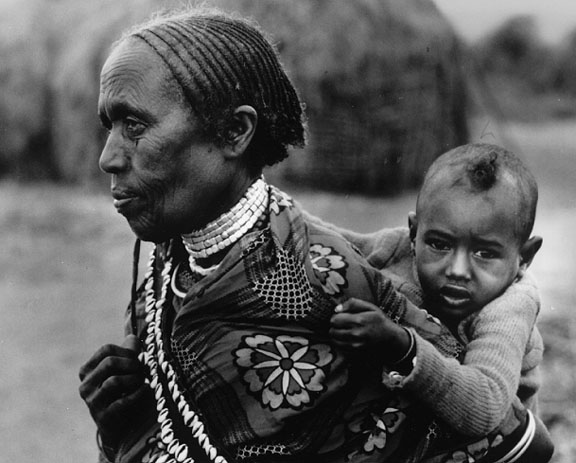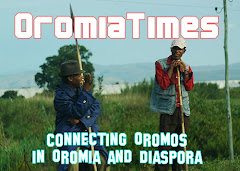By Indrias Getachew
FAFFAN, Ethiopia, 10 July 2006 – These days, Asmah, 6, and her friends Deca, Ferhia and Hassina are secluded from their community. Their legs are tied together and they are told to sleep as much as possible and not to wash; it will help heal their wounds, adults say.
“The day before yesterday they called us and told us that they were taking us to have our hair done,” recalled Asmah. “They told us to sit and then they held us down by force. They forced us to lie on the ground and cut us.”
Like their mothers and grandmothers before them, Asmah and her friends have undergone genital mutilation and cutting, a traditional practice that has been going on for thousands of years.
‘I cried a lot’
“They tried to comfort me, telling me that I would get better, but it burned a great deal and I cried a lot,” said Asmah.
The girl’s mother, Bedria Mohammed, is not happy that tradition forced her to hurt her own daughter. But she says she has no alternatives. She believes that without the procedure her daughter will be ostracized for life, and her chances of finding a good husband and a secure future will be completely ruined.
Most people here believe the practice will guarantee a young girls’ virginity – a prerequisite for an honourable marriage.
According to the 2005 Ethiopian Demographic Health Survey, more than 74 per cent of women between the ages of 15 and 49 have undergone some form of genital mutilation and cutting. The figure in the country’s Somali region is 97 per cent.
Importance of community dialogue
“Female genital mutilation and cutting is against the law. However, here tradition is stronger than the law,” said Zuleka Ahmed of the Somali Region Women’s Affairs Office, a government body working with UNICEF to end the practice.
UNICEF Representative in Ethiopia Björn Ljungqvist agreed that law enforcement alone can hardly break the deeply rooted tradition.
“We are learning that it is very dangerous to go only through a legal process, because if people are not convinced they will hide away,” said Mr. Ljungqvist. “We have to make sure that the legal provisions are there, but also that people talk about it.”
One strategy being used to foster open discussion is community dialogue. In the Somali village of Faffan, residents gathered recently to attend a forum on the practice.
The imam of the village mosque started off the dialogue from a religious point of view. “I would like to inform you that Islam does not allow female genital mutilation and cutting,” he said. “As Muslims, when our religion says you have to abandon this practice, you have to completely abandon it. Otherwise you are not a true believer.”
Testimony from women and girls
Hodan, 20, has never gone through the procedure but said she does not consider herself lucky. “All the girls of my age are married. Only I remain single, because people say that I am open,” she complained at the community forum. “If I ever have a daughter, I will make sure she is cut and sealed.”
But another young woman, Kauser, 18, had a different view. “Since the time I was cut I kept bleeding all the time. I am afraid of getting married because I will have to be cut again,” she said.
After hearing testimonies from many women and girls, Fateeh Mohammed Yassin, a single man in his early twenties, remained committed to the tradition. “I do not want a wife who has not been cut at all,” he declared.
Mr. Yassin’s comments illustrate the immense challenge of ending female genital mutilation and cutting in Ethiopia. It will be up to communities themselves to reach consensus on the harm being inflicted to their daughters and ultimately make the collective decision to abandon the practice.
Relief Web
Subscribe to:
Post Comments (Atom)

















No comments:
Post a Comment